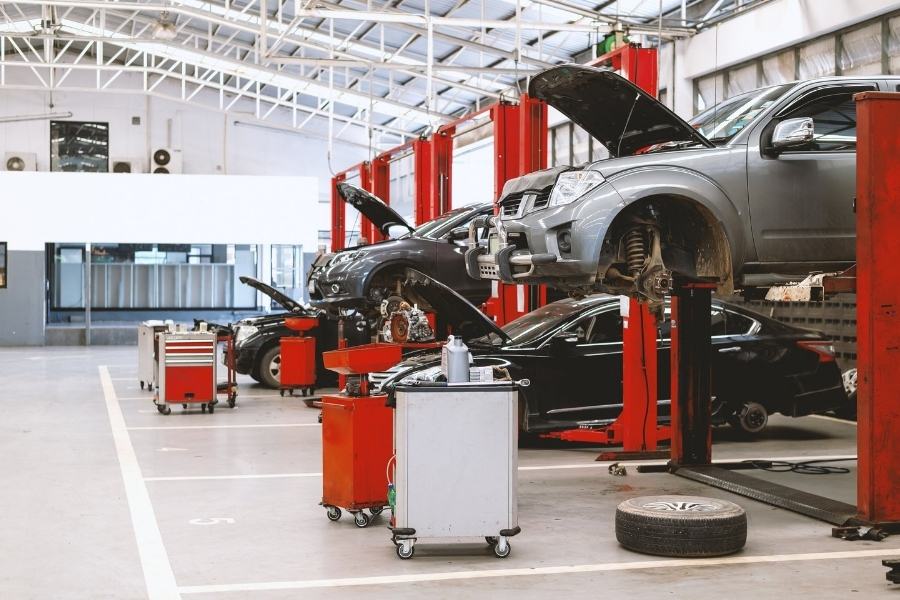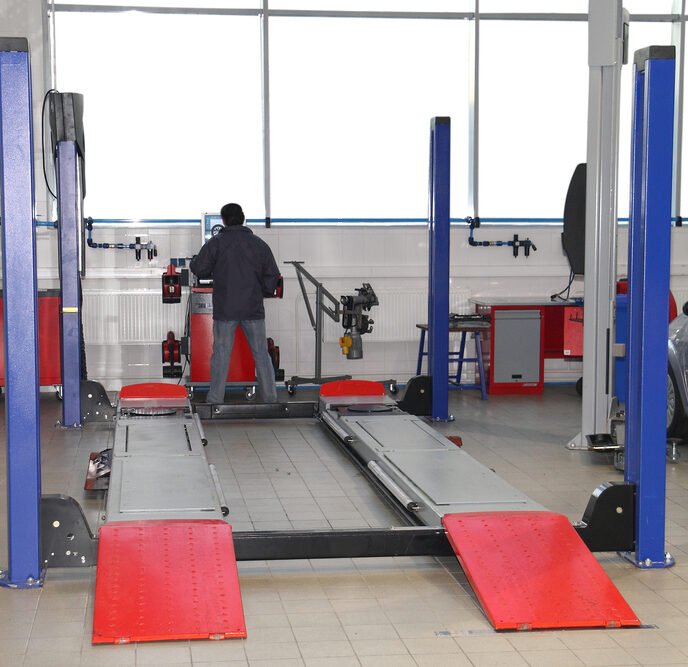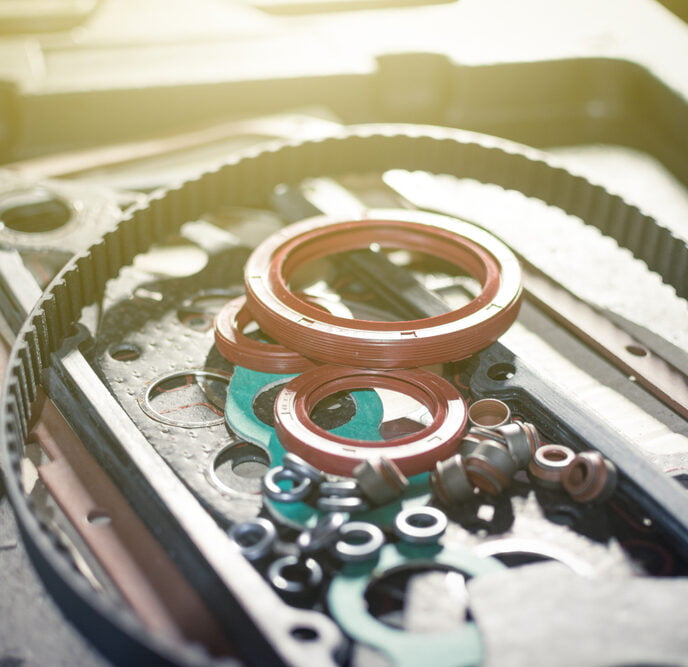HOW LONG DO CAR LIFTS LAST?

A car lift is a big investment for car enthusiasts and automotive shops alike; so, it’s important to make sure a lift is a lasting investment. A wrong decision could put you out of a lot of money. That’s why it’s necessary to understand the typical lifespan of various car lifts as well as the knowledge of how to maintain your car lift so that it can last. After reading this article, you’ll have no trouble picking out a lift that can last and understanding how to maintain your lift—allowing you to rest easy that your investment will last!
EXPECTED LIFESPAN OF DIFFERENT TYPES OF CAR LIFTS
A car lift will be expensive for most, so it’s important to know how long different types of car lifts will last. Most car lifts can last a long time if they are maintained regularly, but some lifts can last longer than others. Let’s look at how long each type of car lift is expected to last.
There are four types of lifts that will be the most common for people looking to purchase a car lift. They are:
- 2-post lifts
- 4-post lifts
- Scissor lifts
- Portable lifts
Let’s take a closer look at these lifts and how long you can expect them to function properly.
2-POST AND 4-POST CAR LIFTS
The 2-Post and 4- Post car lifts are a staple in many automotive shops and can be found in particular car enthusiasts’ garages. They are similar enough in life span to be compared here. A 2-post or 4-post car lift that has been properly maintained last decades. Some buyers will even decide that it’s cheaper to find a used 2-post or 4-post lift for sale that’s 10 to 30 years old, and still a smart investment. The distinction that is truly important to make is whether a 2-post or 4-post car lift is graded as “commercial” or “enthusiasts.”
Commercial 2-post or 4-post lifts are designed to be used all day, every day, while car lifts that are graded as enthusiasts are not. If a commercial 2-post or 4-post lift is properly maintained, it should be able to last and function properly for a long time. However, the results are more varied with “enthusiast-grade” 2-post and 4-post lifts. While some enthusiasts’ lifts will be commercial grade, most are not. The problem with enthusiast lifts, is that most will use inferior hydraulics, cheaper cables, cheaper guide rollers, etc. An enthusiast-grade can last if it’s maintained, but the maintenance costs begin to outweigh the value. Lastly, let’s look at popular options for car enthusiasts and small garages.
SCISSOR LIFTS AND PORTABLE LIFTS
A garage or work area can often be too small to allow a 2-post or 4-post lift. This is where scissor lifts or portable lifts come in. While specific types of these lifts can be used commercially, typically, these are popular options for enthusiasts and beginners. As such, most entry-level hydraulic lifts, like scissor and portable lifts, are “enthusiast-grade” and not meant for commercial use. These lifts are usually recommended for use with very low weight ratings and come with light-duty components to try and have a lower price point for a beginner looking to take on small car repairs.
An entry-level or enthusiast-grade lift can be expected to perform just fine for the first 3-5 years of ownership, though they tend to have long-term problems. Some issues that you could run into are:
- Entry-level and enthusiast graded lifts tend to have cheaper motors that have a higher risk of overheating. If this happens, you can expect the motor to start to degrade.
- These types of car lifts often have low quality hydraulic fittings, hoses, and cylinders. After a few years, they can deteriorate, and replacing them can be costly if your manufacturer even makes replacements.
- Beginner scissor lifts have multiple components that make them work—but since it has multiple components that lift both ends of the vehicle, one side can deteriorate faster than the other. This will end up costing you down the line or, at the very least— shorten the lifespan.
Now that you know the differences between various types of car lifts and the problems that can plague your lift, it’s time to look at what you can do to maintain your lift.
CAR LIFT MAINTENENCE
If you want your car lift to last, you’ll have to make sure to perform regular maintenance to keep your car lift running efficiently. Here are a few things you can do to keep up with your lift:
- Be sure to lubricate posts with grease.
- Review all arm adjusting locks to make sure they are functioning
- Review all cables connections.
- Inspect safeties for proper operation.
- Look at your cable tension and adjust if necessary.
These are just a few of the things you can do to make sure your car lift continues to operate and to ensure it lasts if it possibly can. Now that you know the types of lifts available and how to maintain them, it’s time to purchase a car lift!
FIND THE RIGHT LIFT FOR YOUR OPERATION WITH SVI INTERNATIONAL
Whether you decide on an automotive scissor lift, a four-post lift, or any other lift model, it’s imperative that you purchase your lift and lift replacement parts from a highly reputable company. At SVI International, we are the industry’s leading supplier of auto lifts and lift repair parts for all types of automotive lifts.
With over 40,000 products, our diverse product line serves as a one-stop shop for equipment parts, lifting equipment, fluid delivery products, RELS brake lathes, and so much more.
We know that downtime can be costly, so our 3 ready-ship warehouses provide on-time delivery and same-day shipping for in-stock parts.
An SVI specialist would love to get in touch about serving your needs, including any questions or concerns you may have. To get in touch, give us a call at (800) 321-8173 or complete our online contact form. We always respond quickly!


